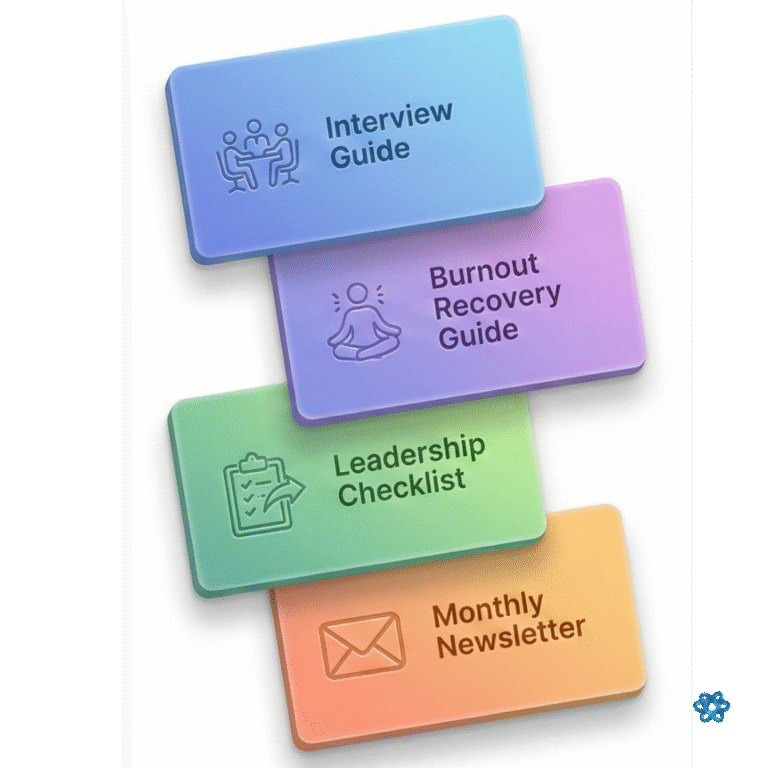The exhaustion of worry
You feel it every day: a knot of anxiety centered on things you can’t change. Layoffs, market shifts, a difficult boss’s mood, or a project deadline set by someone outside your department. You spend hours mentally rehearsing scenarios, trying to predict the unpredictable, and the only result is crippling mental fatigue.
For the mid-career professional, this habit of internalizing external chaos isn’t just stressful; it’s a profound drain on your cognitive reserve. It is a quiet form of professional trauma where you repeatedly expose yourself to helplessness, leading to paralysis and burnout.
Control is energy management
The misconception we need to dismantle right now is that worry is the same as preparation. It isn’t. Worry is merely uncontrolled mental expenditure. To reclaim your energy and focus, we turn to a core concept from counseling and leadership training: the Spheres of Control.
The Spheres of Control framework is critical to your emotional health because it allows you to intentionally allocate your finite resources—time, attention, and effort—to areas where they can yield the greatest return. It moves you from a passive victim of circumstance to an active agent in your own life, which is the foundation of long-term stability.

Three spheres of control
The framework divides your professional and personal challenges into three distinct, non-overlapping categories. Your objective is simple: Identify and redirect your energy toward the innermost sphere.
1. Sphere of control (full-control)
-
These are the actions, behaviors, and decisions you own entirely. This includes your effort, your attitude, your boundaries, how you communicate, and how you spend your free time.
-
Actionable advice: Aim to spend 80% of your energy for the strongest ROI. If you’re stressed about a looming presentation, focus on controlling your slides, your practice time, and the quality of your research, not on whether the CEO will show up.
2. Sphere of influence (semi-control)
-
These are the things you can affect or persuade through skillful communication, strategic collaboration, or leading by example. This includes team morale, project prioritization, and your professional reputation.
-
Actionable advice: This is where you spend your remaining 20% of energy. To address a toxic culture (concern), you use influence by controlling how you mentor your direct reports and modeling professional boundaries. You can use your core values as your guiding star here—if integrity is your value, you influence the room by consistently demonstrating it.
3. Sphere of concern (no-control)
-
This vast, outermost sphere holds everything you worry about but cannot change. This includes the economy, global politics, a competitor’s strategy, or your company’s stock price, etc.
-
Actionable advice: Any energy spent here is wasted, leading only to anxiety and compassion fatigue (emotional exhaustion from focusing on overwhelming, uncontrollable problems). It’s best to acknowledge when they arise, and see how you can move this to Sphere of influence or control, giving yourself a chance to alleviate your concerns, or recognize there isn’t much to be done.

💡 Step-by-Step Deconstruction: The Decision Filter
Think of your Spheres of Control like a triage filter in an emergency room. You must sort incoming worries immediately to determine where to allocate your limited energy. This skill will help you manage your stress effectively and keep you calm when things get out of hand.
Step 1: Identify the challenge
– Action: Write down the specific thing causing stress, as quickly as possible so it’s stops taking over your mind and energy. (Ex. Project deadline changed)
Step 2: Apply the “sphere of control” filter
– Ask: “Can I directly change this outcome right now?”
– Ask: “Can I influence this outcome?
– Ask: “Do I have any control or influence over this situation/challenge?”
Step 3: Redirect
Your next steps will depend on if you’re able to control, influence or concern:
– Control: Focus on the top 2 things you can do to change the outcome. Using the SMART goal setting method can help
– Influence: Focus on who has the power to change the outcome and use your communication skills to influence them
– Concern: It’s time to admit it is beyond your control, and adjust the challenge towards the Sphere of control/influence
Step 4: Conscious release
Depending on the filter you use, the conscious release will help you re-adjust your mindset and relinquish your stress as much as possible. For greater stress, it may be helpful to speak with a professional to gain deeper perspective and understanding.
Promoting your authenticity
Mastering the Spheres of Control is the ultimate practice in Authenticity. When you focus on the Sphere of Control, you are living in alignment with your capabilities, your actions, and your self-awareness. This dramatically reduces internal friction. You stop trying to be the controller-of-everything and settle into the role of the excellent contributor, which is a much more grounded and peaceful identity.
By consciously disengaging from the vast, turbulent Sphere of Concern, you protect your Ultradian Cycle (the mind’s natural 90-minute energy rhythm) from unnecessary interruptions, guaranteeing you have the mental stamina needed to perform at your best.
The difference between a stressed professional and a confident leader isn’t how much they worry; it’s where they put their worry. Reclaim your control, conserve your energy, and watch your professional impact grow exponentially.
Action Checklist:
-
Identify your biggest source of current stress.
-
Determine which Sphere it belongs in (Control, Influence, or Concern).
-
Reallocate 80% of your energy to your Sphere of Control this week.
If you struggle to identify your Spheres or need strategic guidance to influence the decisions around you, it’s time to stop worrying alone. Schedule a FREE Consultation to turn your concerns into a controlled, actionable strategy.

